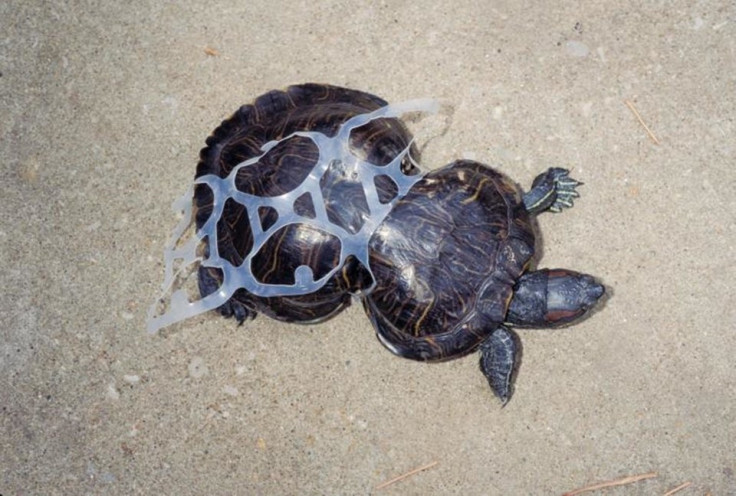A Kenyan association creates "hospital" for turtles who are dying because of plastic waste
Locals sometimes pick up 2 to 3 bags of plastic waste on the beach

In Watamu, Kenya, turtles are succumbing to the enormous amount of plastic waste that strew the coast. Members of the NGO Local Ocean Trust are trying to help.
The plastic bottles, caps, lighters, food wrappings, toothbrushes that lay on the beach of Watamu come from far away: Indonesia, Madagascar or even Yemen. Pretty inoffensive to the human eye, for turtles, they are lethal treats. The reptiles often confuse them with jellyfish or other potential food and eat them, only to die from occlusion.
"They're still hungry, so they keep eating. It [the plastic] piles up and piles up, and they end up imploding," this is what Casper van de Geer, director of Local Ocean, tells Le Point. "Or, they're in so much pain they feel like they have to stop eating. Then they die of starvation."
Van de Geer's team sometimes patrol Kenya's beaches in order to pick up any plastic waste and spot turtles that need urgent care, but sometimes, they are already too late. Sometimes, the turtles have ingested so much plastic they don't float anymore. This often ends up being a death sentence.
Once they caught an individual that needs help, van de Geer's team will administer it some laxative. But it doesn't make the process very pleasant for the turtles:
"It can take some times," van de Geer's says. "But eventually, after a lot of pain - I mean, they're reptiles, they can't express pain through their faces, but you can see them closing their eyes and being completely tensed - and finally, pouf, everything goes out."
This is the best case scenario. Sometimes, the turtles can't do it, and die.
Turtles are not the only marine species that die from eating plastic waste. The problem has been highlighted by many organisations and reporters.
Scientists from the University of Tasmania estimate there are around 37.7 million pieces of plastic debris on this remote British-controlled island in the South Pacific, making it the most dangerous health hazard for all marine species.
Another study suggests that 97% of albatross chicks in the North Pacific have pieces of plastic in their stomachs.
Erik Solheim, director of UN environment called for some urgent changes. "With the rate things are going, in 2050, there will be more plastic in our oceans than fish."
On land, locals are doing what they can to pick up the garbage. A Watamu locals says the plastic either washes up on the beach, or is left behind by careless picnickers.
"Sometimes I find some" in fish stomach's, says Mohamed Iddi, a Watamu local who picks up about 2 to 3 bin bags of waste everyday.






















